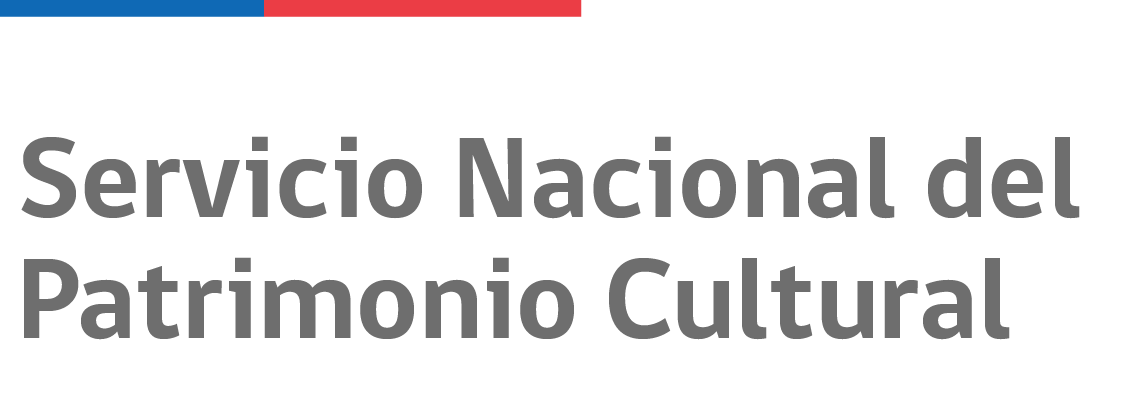
Services:
- Disabled access
- Guided visits
- Floor map
- Public transport
- Parking
Opening times:
Admission:
About the institution

Life-size figures of dinosaurs in Plaza Acevedo.
The Natural History Museum in Concepción, the largest city in southern Chile, was founded by British naturalist Edwin Reed (1841-1910). Reed arrived in Chile in 1869, hired by the National Natural History Museum, and, together with German-born naturalist Rodulfo Philippi (1808-1904), played an important role in classifying Chilean flora and fauna.
While in Concepción, Reed collected specimens of regional fauna for the Museum of which he became the first director. Subsequently, the Museum's collections were gradually expanded to encompass paleontology, archaeology, ethnography and history.
Today, the Museum is housed in a modern building on the city's Plaza Acevedo (more commonly known as Jurásica because of the life-size figures of dinosaurs installed there as part of an urban renovation project).
Inside the Museum
The Museum's collections, which cover the natural sciences, archaeology and ethnography as well as including some paintings and craftwork, total approximately 13,500 pieces, relating principally to central-southern Chile. Its permanent exhibition is divided into four main areas:
- The Naturalists. This room introduces visitors to the history of the Museum and provides an overview of Chile as described by naturalists and anthropologists. A representative selection of the Museum's natural science collection is displayed in this room.
- Our Distant Past. This part of the exhibition explains the history of central-southern Chile's Quiriquina geological formation and includes fossils that are 65 million years old.
- Regional Cultural Axis and Ecosystems. This section explains the region's ecosystems and endemic species, offering an opportunity to learn about its "Biobío River", "Forest" and "Coastline" habitats. It also covers the history of the area's indigenous peoples and its main archaeological sites.
- Coal. Until the late 1990s, coal mining was a major activity in the area around Concepción, particularly for towns such as Lota and Coronel. This room describes the resource's geology and the social history of its exploitation.
Don't miss
The Plaza Acevedo outside the Museum has an unusual triangular shape and owes its name to Luis Acevedo, a pioneer of Chilean aviation. It is now also often referred to as Dinosaur Plaza or Jurassic Plaza because of its life-size figures of dinosaurs, which include a Diplodocus, a Tyrannosaurus rex and a Pterodactyl.



